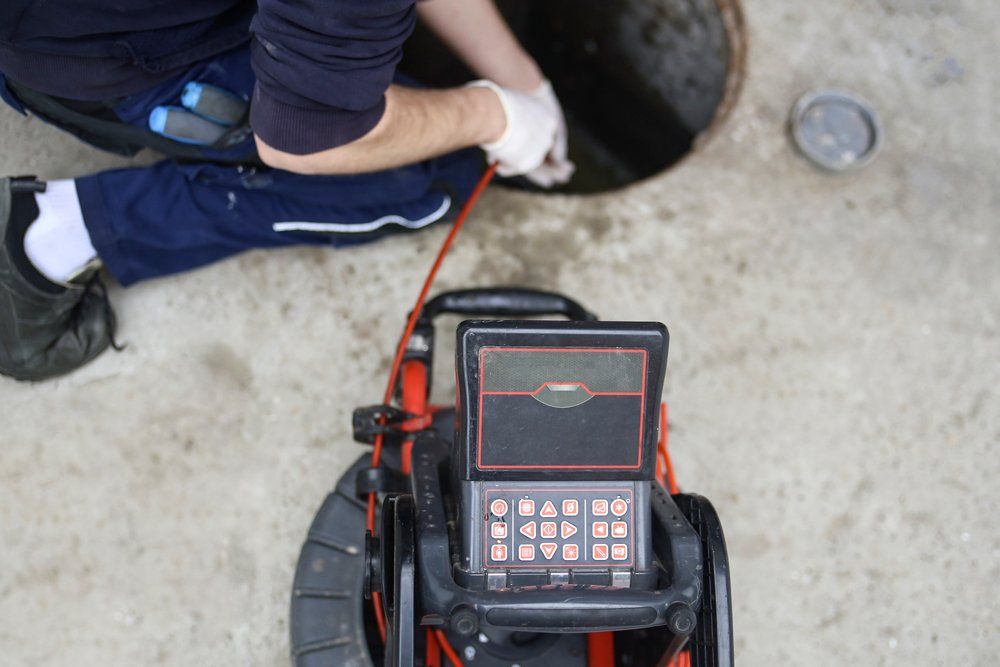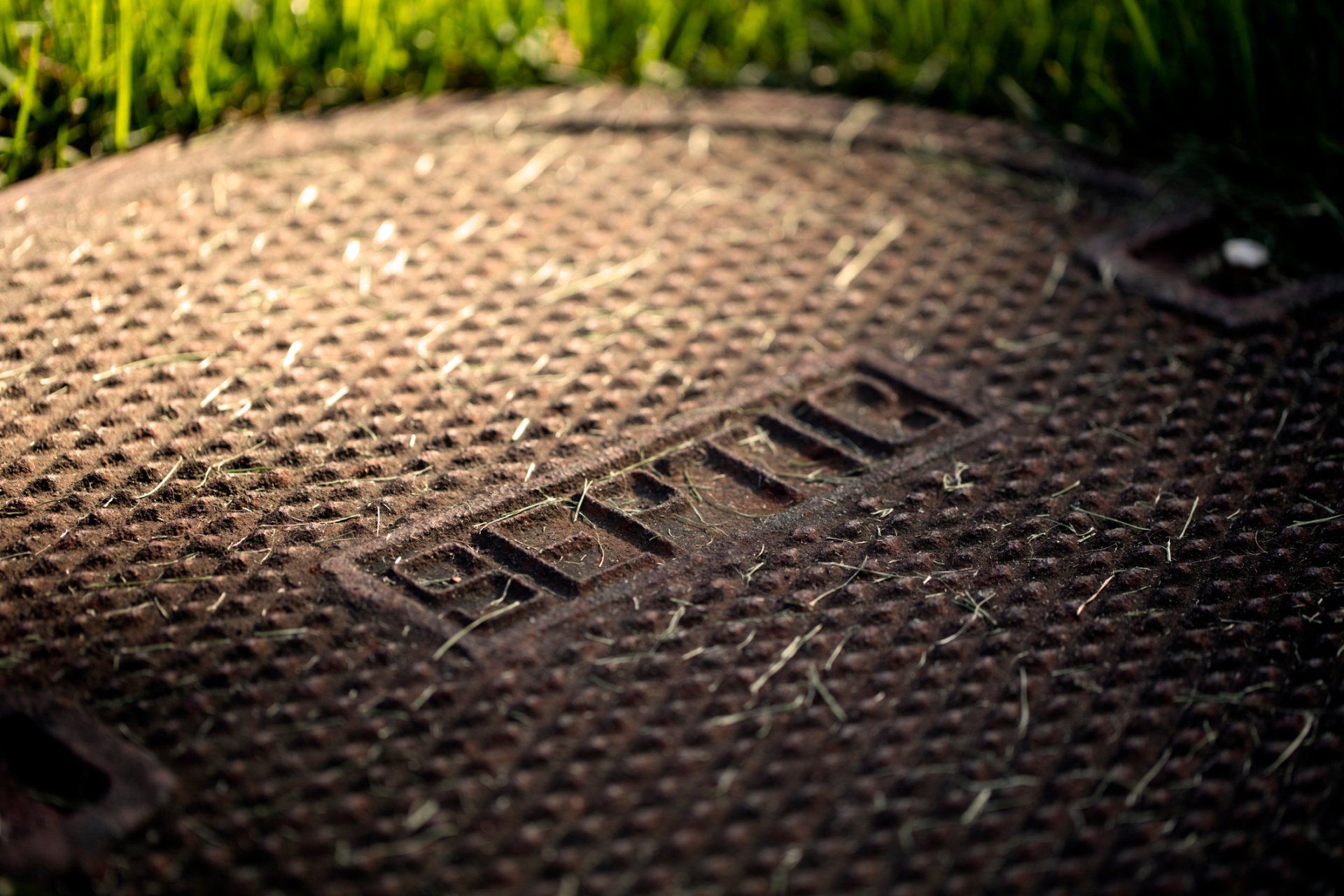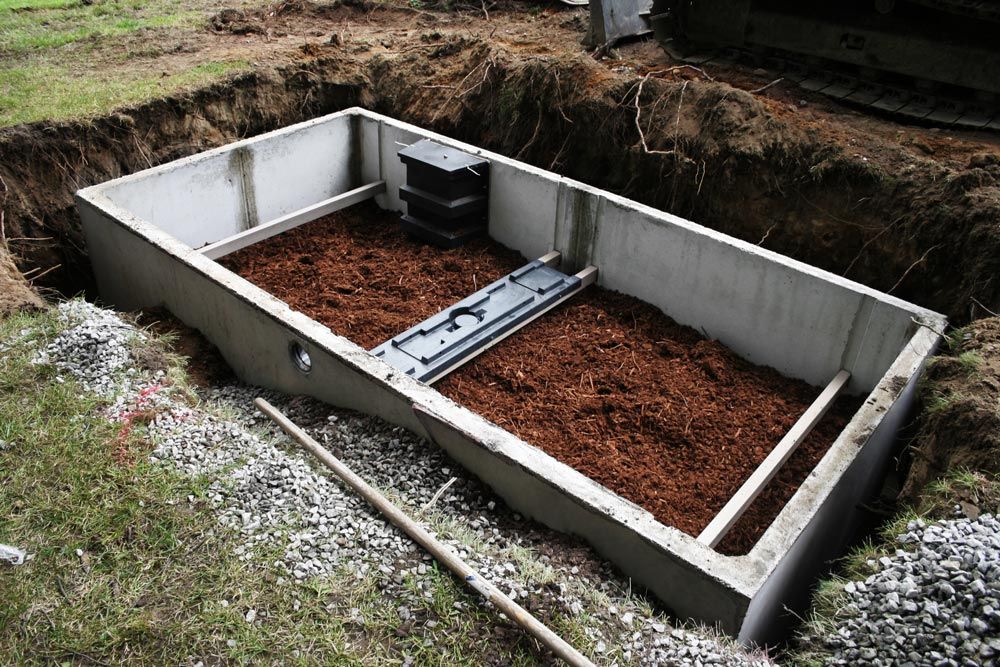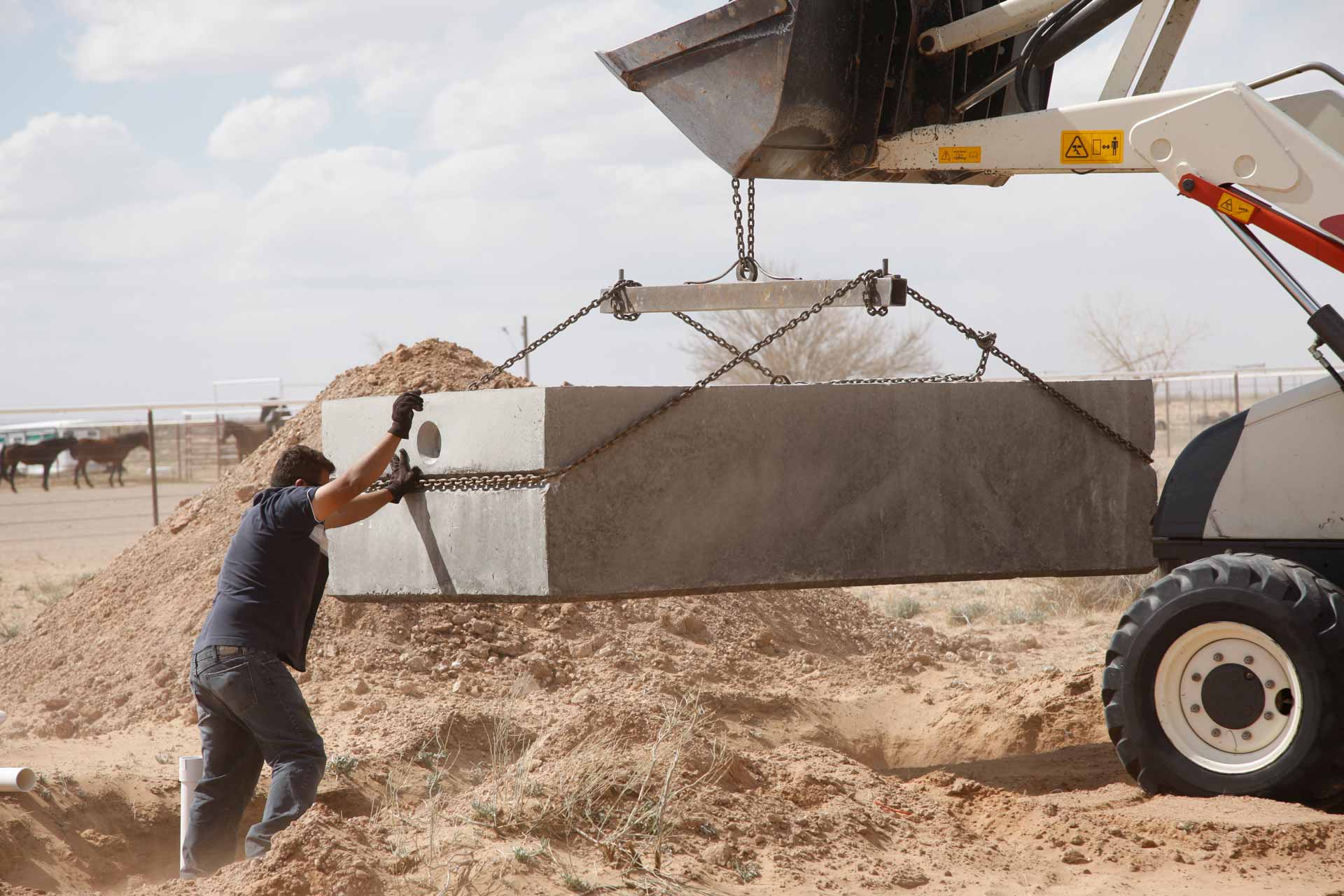Types of Septic Systems for Your Home
- By Admin
- •
- 23 Nov, 2022
- •
Whether constructing a new home or replacing an old septic system, homeowners must decide on the type to install. Various options are available, each with different specifications.
The following are a few types of septic tanks.
Conventional Septic System
Conventional systems are one of the most common types of septic systems. The majority of conventional systems find application in single-family homes or small businesses.
The conventional model involves an underground watertight septic tank near the home it will service. As waste flows from the house into the tank, heavy solids settle to the bottom, and scum floats to the top. What remains is liquid waste or effluent, which is then pushed through a system of pipes that branch out slowly into an area of land called a drain field.
Drain fields are underground trenches lined with gravel or stone, along with a geofabric layer, which filters the liquid waste before it enters the ground.
Conventional systems are relatively easy to repair when
needed and are the least expensive option. The issue with a conventional system
is the dirt and soil need to be porous enough for the drain field, and you need
a lot of space for the liquid to drain.
Aerobic System
Aerobic treatment units (ATUs) inject oxygen into the wastewater in the treatment tank. By adding oxygen to the system, the bacterial activity increases, which, in turn, speeds up treatment for the nutrients in the effluent.
Some aerobic systems include pretreatment and final treatment tanks. The tanks disinfect water to further reduce pathogen levels before dispersing it into the environment.
An aerobic system requires a smaller drain field, making it
a good option for smaller lots. ATUs are also suitable for situations where
local regulations restrict the wastes a septic tank can release into the soil.
However, the systems tend to require ongoing maintenance and are often a more
expensive option.
Mound Septic System
Mound septic systems consist of a large, raised mound that contains the drain field trench. The effluent from the septic tank flows to a pump chamber and drains into a mound of gravel and sand at timed intervals. As the effluent passes through the trench and sand, it undergoes treatment before soaking into the ground.
Mound systems require a substantial amount of space to
build and periodic maintenance. This system is a popular option in areas where
the soil is too shallow for regular dispersal or where there is a high water
table.
Drip Distribution System
A drip distribution system releases pretreated wastewater at predetermined times. An additional large dose tank follows the septic tank to collect wastewater and slowly release it. A buried network of small tubing delivers the timed dose over a large drain field. The timed release prevents the drain field from overflowing.
The distribution pipes rest in shallow soil, typically just 6 to 12 inches below the surface. If repairs are needed, you can easily access the pipes.
The disadvantage of the drip distribution system is the
electrical power it uses to run. The result is additional maintenance and
expense.
Chamber Septic System
Many of the principles used in a chamber system are similar to those used in conventional systems. However, chamber systems don't use gravel and perforated pipes. Instead, the systems rely on a network of connected leaching chambers surrounded by soil.
After passing through the septic tank and distribution box, wastewater enters the leaching chambers covered with soil. Soil microbes treat the effluent before it's dispersed and enters the groundwater.
Chamber systems are helpful when the volume of wastewater varies throughout the year. The system is also suitable for homes with high groundwater tables, as they reduce the possibility of poor drainage and messy back-ups.
Chamber systems are easier to build than conventional systems but may require more maintenance due to the added chambers. Furthermore, chamber systems take up a great deal of ground space.
If you need help deciding which septic system type to go with, you can work with an expert to determine which solution is optimal for your home. Feel free to contact us today for all your septic tank needs.








